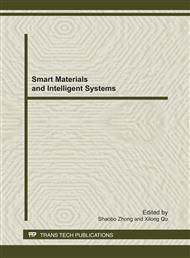p.446
p.453
p.458
p.463
p.468
p.472
p.477
p.482
p.488
A New DYC Control Strategy Based on Feedforward Control in the Linear Region
Abstract:
This paper discussed a new direct yaw moment control(DYC) method which was coupled with feedforward control by utilizing the estimated cornering stiffness coeficients. Comparing two simultaneously running single track models in the linear region,the feedforward control output was produced. Higher-order sliding modes(HOSM) was used to ensure the robustness of the control system in the limit region. A weight gain was used to combined feedforward control and feedback control. The simulation results in VeDYNA show that this new DYC control method based on the knowledge of cornering stiffness significantly improve the vehicle desired trajectory over that of feedback control alone.
Info:
Periodical:
Pages:
482-487
Citation:
Online since:
January 2012
Authors:
Price:
Сopyright:
© 2012 Trans Tech Publications Ltd. All Rights Reserved
Share:
Citation:


